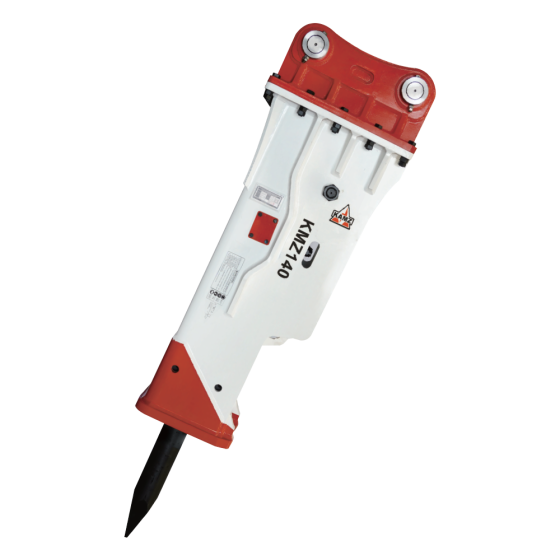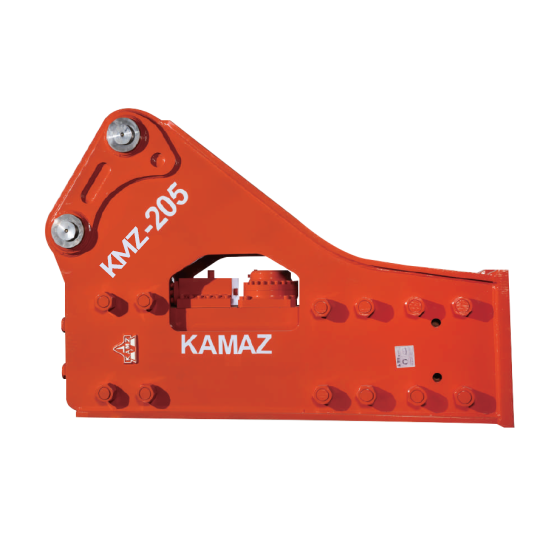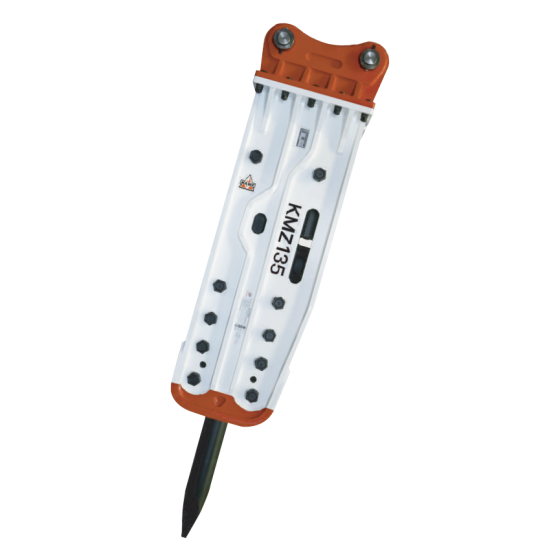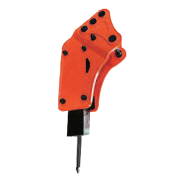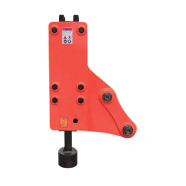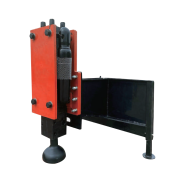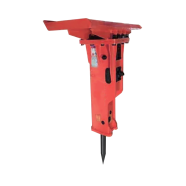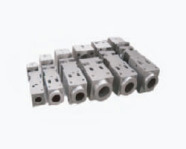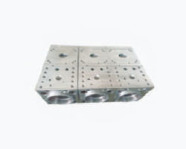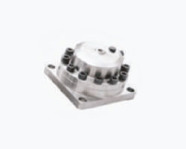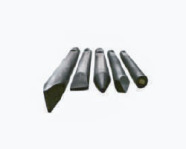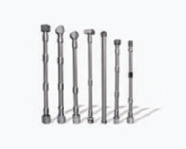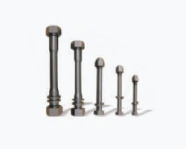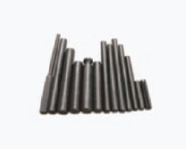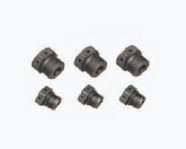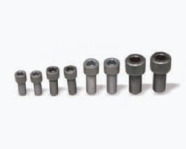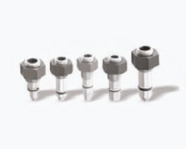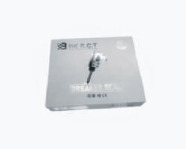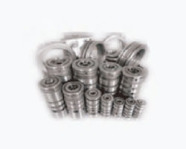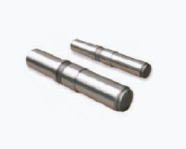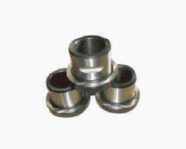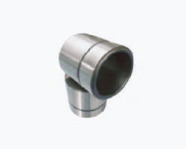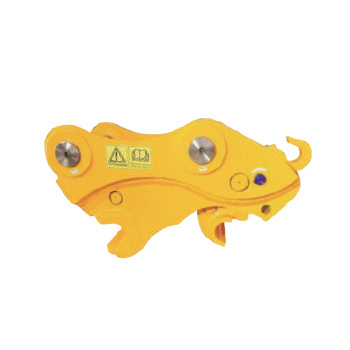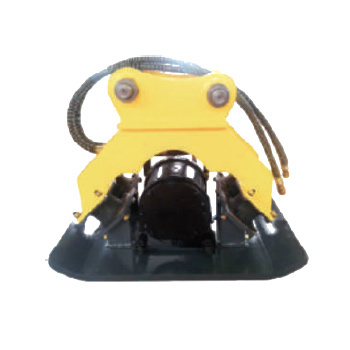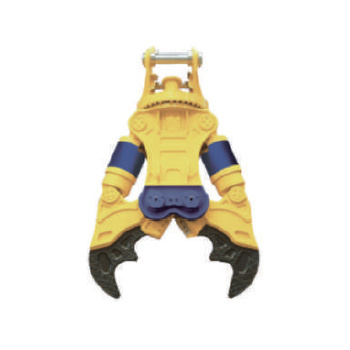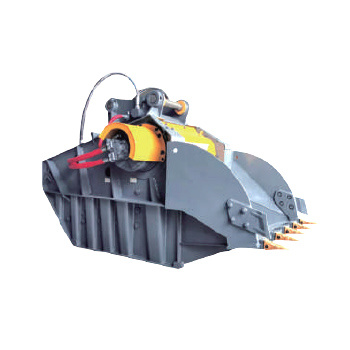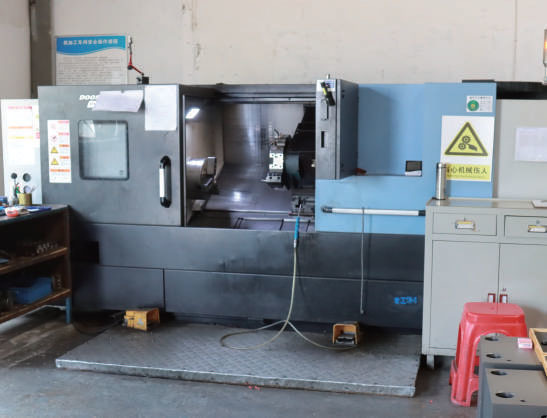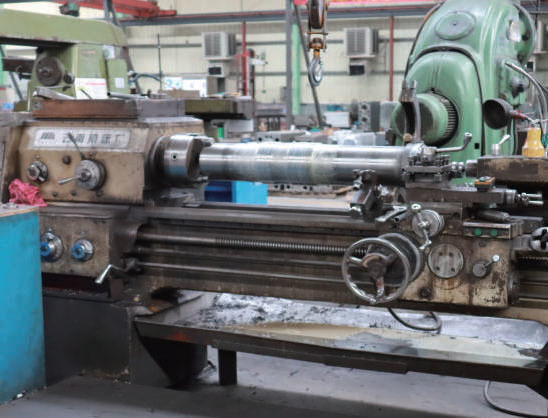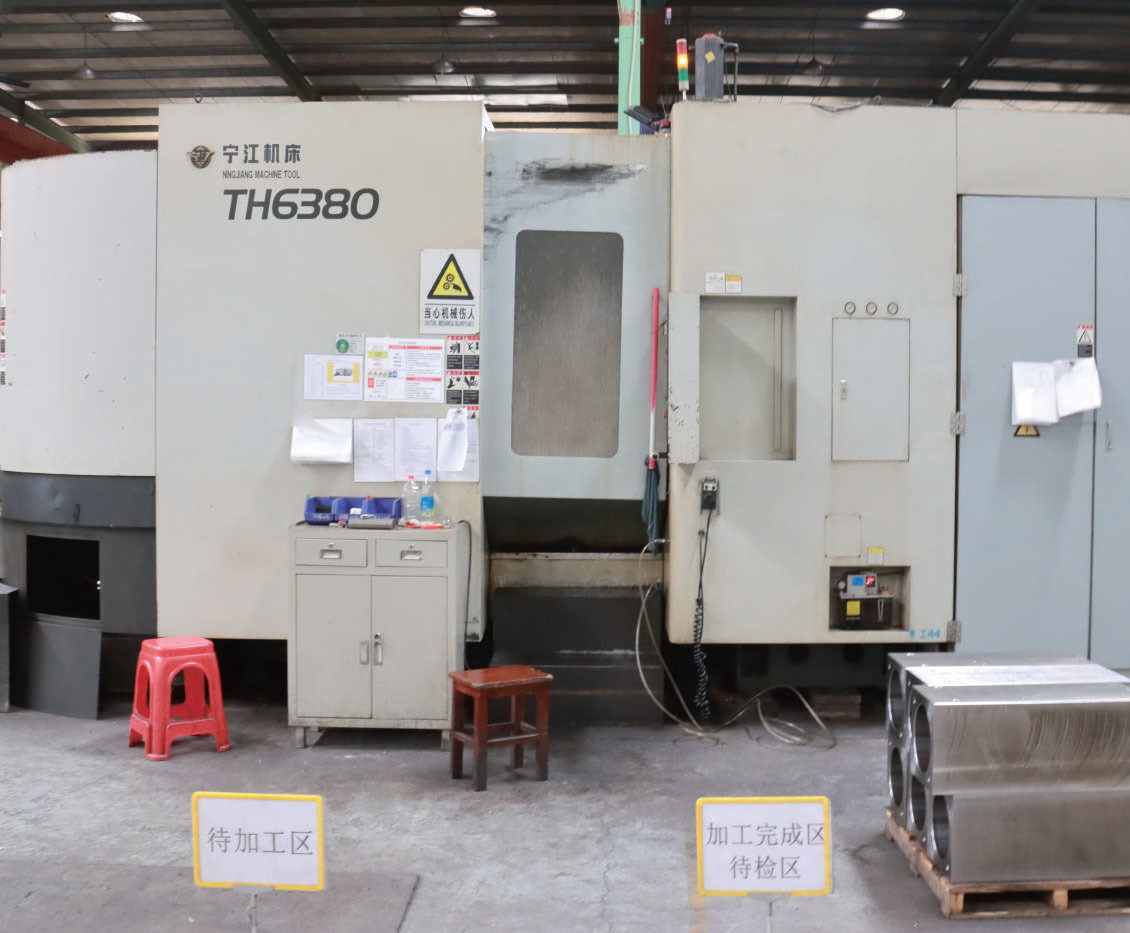Common Hydraulic Breaker Hammer Failures-Breaker Hammer Oil Leakage
Hydraulic breaker hammer oil leakage is a common problem that can cause a drop in hydraulic system pressure, reduced equipment efficiency, and even damage core components. The following are the main causes of hydraulic breaker hammer oil leakage and corresponding solutions:
A. Seal Failure
★Cause: Aging, wear, or deformation of oil seals, O-rings, piston rod seals, etc.
1. Seal material is not heat-resistant or has poor corrosion resistance.
2. Seals are misaligned or damaged during installation.
★Typical Symptoms: Hydraulic oil leaks from the joints between the piston rod and cylinder body. Oil stains and droplets may be present at the leaking location.
B. Abnormal Hydraulic System Pressure
★Cause: Excessive system pressure (improper adjustment of the relief valve), causing the seal to rupture due to high pressure.
1. Excessive hydraulic oil temperature causes seal softening and failure.
★Typical Symptoms: Oil leakage is accompanied by unusual noises or pressure fluctuations in the hydraulic system.
C. Component Wear or Damage
★Cause:
Piston rod scratches, rust, or bends, resulting in an uneven sealing surface.
1. Cylinder inner wall wear, scratches, or cracks.
2. Loose bolts or housing cracks (e.g., impact with the outer shell).
★Typical Symptoms: The oil leak is accompanied by metal debris or obvious structural damage.
D. Improper Installation or Maintenance
★Cause: Failure to clean the contact surface during seal replacement, resulting in residual impurities that wear the seal.
1. Bolts not tightened to the required torque, causing oil leakage at the joint.
2. Loose hydraulic pipe joints or damaged threads.
★Typical Symptoms: The oil leak occurs at the pipe joint or mounting flange.
E. External Environmental Impact
★Cause:
1. Long-term operation in a dusty or muddy environment, resulting in accelerated seal wear due to contaminants.
2. Extreme temperatures causing seal failure due to thermal expansion and contraction.
★Typical Symptoms: The oil leak is accompanied by accumulation of sand or sludge at the seal.
F. Solutions and Repair Procedures
▶ Seal Replacement
★Steps:
1. Stop the machine, release the pressure, and thoroughly clean the leaking area.
2. Disassemble the leaking components (such as the cylinder and valve block) and inspect the seals.
3. Replace the seals with original equipment seals, ensuring the correct model and material.
4. Lubricate with hydraulic oil during installation to prevent seal distortion or scratching.
★Notes:
1. Do not use inferior seals to prevent secondary leakage.
2. Perform a pressure test after installation.
▶ Repairing Worn Parts
★Steps:
1. Inspect the piston rod and cylinder wall for scratches or rust.
2. Minor scratches can be repaired with fine sandpaper; severe wear requires replacement.
3. Replace or repair any cracked housing. Perform a flaw detection test after welding.
★Note: Piston rod bending requires professional correction and should not be forced.
▶ Adjusting Hydraulic System Parameters
★Steps:
1. Check the pressure setting of the relief valve and adjust it to the rated pressure range of the equipment.
2. Clean or replace any clogged radiators and lower the oil temperature (recommended oil temperature ≤ 80°C).
3. Check the hydraulic oil cleanliness, replace the oil if necessary, and clean the lines.
★Note: Use a pressure gauge to calibrate the system pressure; avoid adjustments based on experience.
▶Tightening and Cleaning
★Steps:
1. Retighten all bolts according to the torque requirements (refer to the equipment manual).
2. Clean the hydraulic line joints and replace any damaged joints or gaskets.
3. Clean dust and sludge from the equipment casing and radiator.
★Note: Use threadlocker to secure loose bolts.
▶Daily Preventive Measures
★Recommendations:
1. Regularly check the condition of the seals (full inspection every 500 operating hours).
2. Avoid prolonged overload operation of the equipment.
3. When operating in harsh environments, install a dust cover or flush the equipment regularly.
4. Use high-quality hydraulic oil and filters that match the manufacturer's specifications.
News & Event

